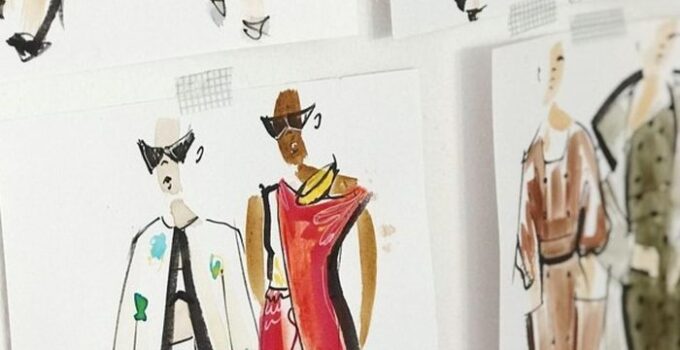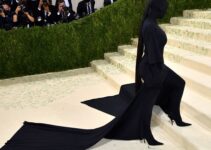As the world of fashion evolves, it continuously undergoes a series of revolutions and counter revolutions, reflecting societal changes and individual transformations.
One of the key battles currently raging on the runways and in the streets is the aesthetic debate between minimalism and maximalism. These contrasting approaches to style offer unique ways to express personal identity, reflecting different philosophies of life.
The Essence of Minimalism
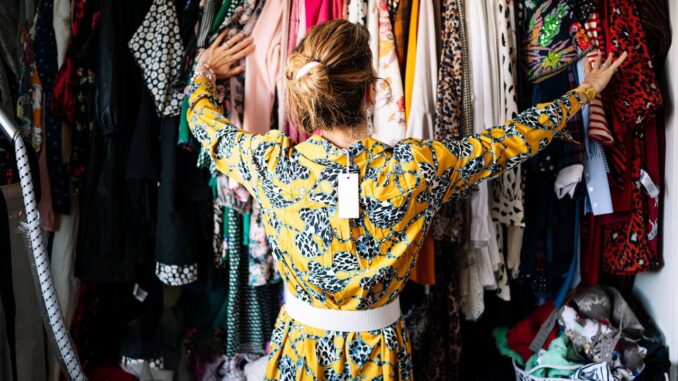
Source: bbc.com
Minimalism, as an aesthetic concept, champions the mantra ‘less is more.’ It’s a design philosophy that values simplicity, functionality, and the beauty of empty space. This ideology emerged as a reaction to the excessive ornamentation of the past, embracing clean lines, neutral palettes, and a focused attention on proportion and fit. In a minimalist wardrobe, you’ll find a lot of monochromatic pieces, structured shapes, and a limited color palette.
In the fashion world, minimalism was popularized by designers like Calvin Klein and Jil Sander in the 90s, and it’s experiencing a resurgence in today’s era of fast fashion as a response to overconsumption and waste. It’s a call to pare down, to focus on quality over quantity, and to truly consider the necessity and function of each item in one’s wardrobe.
The Extravagance of Maximalism
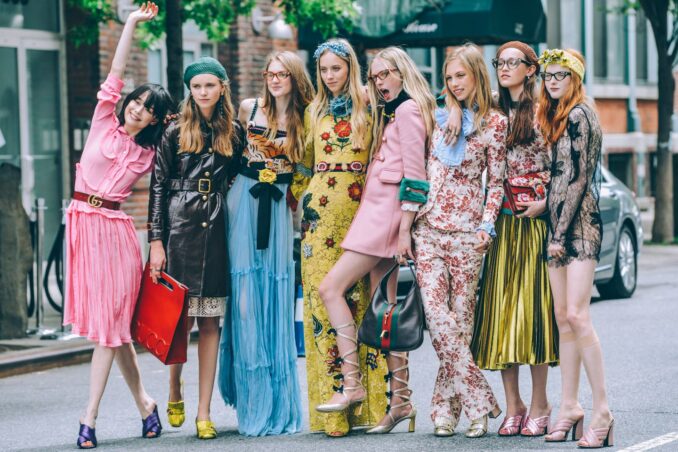
Source:facebook.com
On the other end of the spectrum lies maximalism, an aesthetic that revels in excess and flamboyance. It’s about bold patterns, eclectic mixes, saturated colors, complex layering, and an abundance of decoration. There’s a sense of indulgence and a rejection of the notion that ‘less is more.’ Instead, maximalists live by the creed ‘more is more.’
Maximalism, while seen by some as a rebellion against minimalism’s restrictiveness, is not just about quantity but also about personal expression and individuality. Designers like Gucci’s Alessandro Michele and Versace’s Donatella Versace epitomize this aesthetic, with their abundant use of prints, textures, and ornate detailing.
A Reflection of Personal and Societal Values
The tension between minimalism and maximalism isn’t just an aesthetic choice; it’s often a reflection of personal and societal values.
Minimalism often aligns with a desire for sustainability, a reaction to the overconsumption propagated by fast fashion. It’s about purchasing fewer, higher-quality items that can withstand the test of time, thus reducing the environmental impact. Moreover, minimalism may reflect a yearning for simplicity and clarity in a fast-paced, complex world.
Maximalism, on the other hand, could be seen as a celebration of individuality and creativity. It gives a nod to artistic expression, vibrancy, and the joy of abundance. In some ways, it can also be a form of rebellion against societal norms and conformity, demonstrating a resistance to being streamlined or categorized.
Accessorizing in the Minimalist and Maximalist Aesthetic
In the debate between minimalism and maximalism, accessories hold a unique position. They provide an avenue for personal expression and can significantly impact the overall aesthetic of an outfit, be it minimalist or maximalist.
One particular accessory that frames our face and can speak volumes about our style is glasses. Whether you’re looking to buy minimalist or maximalist style glasses, there are ample options to reflect your preferred aesthetic.
Minimalist Accessories
In line with the minimalist ethos, minimalist accessories are all about subtlety and functionality. They are often of neutral shades and simple, clean designs that complement rather than overpower the outfit. Consider, for instance, a single silver bangle or a slim leather watch. These pieces don’t scream for attention; instead, they whisper elegance and refinement.
In minimalist accessorizing, each piece is carefully selected and intentional. This is where the focus on quality over quantity comes to the fore; a few well-made, versatile pieces can go with a variety of outfits, eliminating the need for a large accessory collection.
Maximalist Accessories
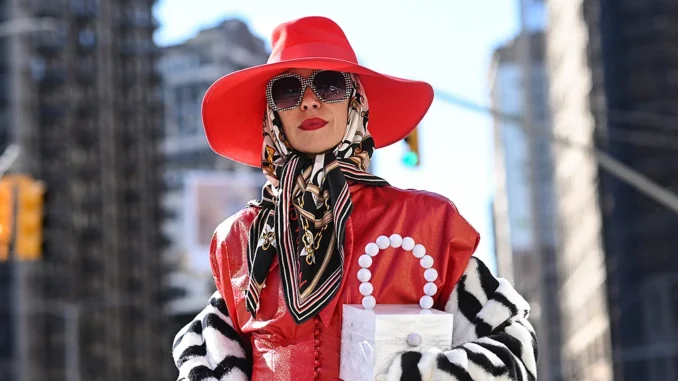
Source: harpersbazaar.com.sg
On the flip side, maximalist accessories are an extravaganza of colors, patterns, and textures. Here, the accessories often become the focal point of the outfit. Think of statement necklaces, stacked bracelets, oversized sunglasses, and hats with personality.
Maximalist accessorizing is about layering and mixing different styles. It allows for creativity and self-expression, as there are no strict rules. It’s about telling a story, invoking a mood, or even making a statement.
Accessories as a Bridge Between Styles
Interestingly, accessories can serve as a bridge between minimalism and maximalism, allowing individuals to dip their toes in both aesthetics without fully committing to either. For example, a minimalist outfit can be enlivened with a bold, statement piece, injecting a bit of maximalist flair without overwhelming the overall look.
Conversely, a maximalist ensemble can be grounded with a minimalist accessory, providing a bit of calm in the visual storm. For instance, a flamboyant outfit might be paired with a simple, understated bag or shoe, allowing the clothing to take center stage without the distraction of competing accessories.
Striking a Balance
For most people, the preference between minimalism and maximalism is not absolute but lies somewhere in between, shifting with mood, occasion, and phase of life. They might opt for a minimalist look for a job interview but choose a maximalist outfit for a night out or a festive occasion.
In a world where personal expression is increasingly valued, there is room for both aesthetics. It’s possible to merge the two into a ‘minimalist-maximalist’ style, where the outfit is kept simple in terms of color and cut, but one element, like a piece of statement jewelry or a vibrant bag, is allowed to stand out.
Final Reflections: Unifying Diversity in Fashion Aesthetics
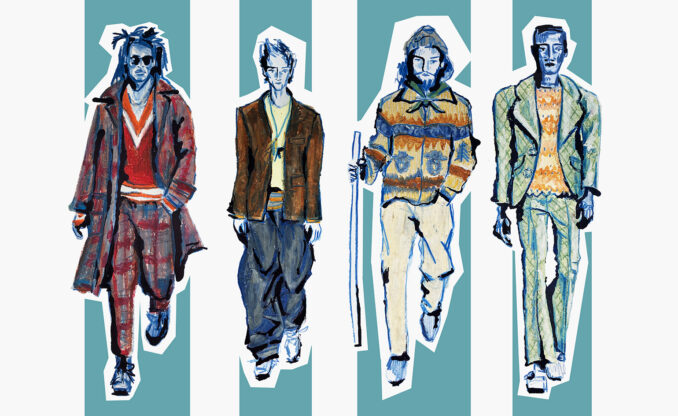
Source: wallpaper.com
In the aesthetic debate between minimalism and maximalism, there’s no definitive winner. Both aesthetics offer their unique take on fashion, reflecting different personal values and attitudes towards life. The beauty of fashion lies in its ability to accommodate these divergent viewpoints, allowing individuals to express their unique selves.
As with all things in life, the key lies in finding a balance that aligns with one’s personality and beliefs. After all, the ultimate goal of fashion is self-expression, and whether we choose to whisper or shout, the most important thing is that we feel heard.


